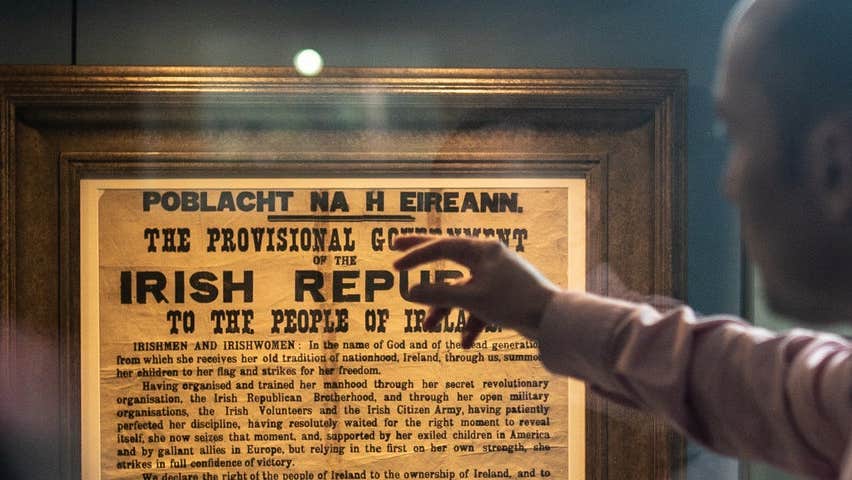Immerse yourself into a truly authentic experience at the National Print Museum in Dublin City. Its collection is made up largely of letterpress printing equipment. Letterpress is a form of relief printing, which was invented by Johannes Gutenberg in 1439. The invention is one of the greatest known to mankind, as its impact has shaped our histories and its contemporary relevance is greater than ever before.
The main collection is not behind glass or rope, but is instead an example of a working collection, organised like a fully operational print shop. Visitors are invited to roll up their sleeves and pull their own letterpress keepsake.
Visit their website for details of guided tours, where you can explore Ireland's rich printing history. A highlight is undoubtedly the story of the production of the nation's most historic printed document, the 1916 Proclamation.
The temporary exhibitions explore the impact of print and the powerful role it played in shaping our histories. Printed artefacts capture the spirit of the age in which they were created. Print forms an intrinsic part of our lives, and the development, prosperity, and rich heritage of Irish printing form an important part of our national story of craft and industry.
After your visit enjoy homemade fare using fresh ingredients from Irish suppliers at the Press Café.
- View the collection, organised like a fully operational print shop.
- Pull your own letterpress keepsake as a memento of your visit.
- Hear the story of how the nation's most historic document, the 1916 Proclamation, was produced.

